February 9th, 2017
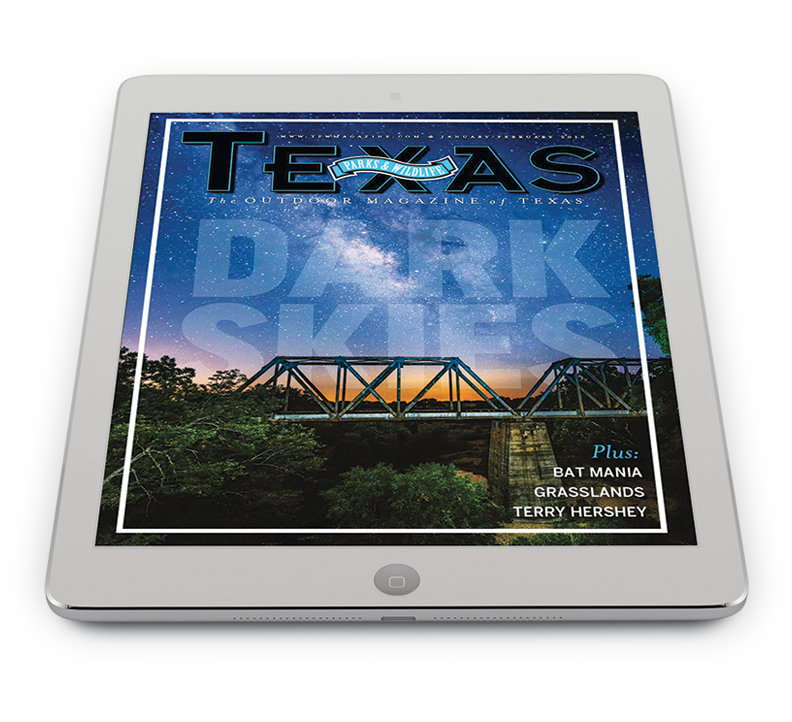
The TPW Magazine App gives readers the monthly issues of the magazine and so much more.
This is Passport to Texas
Generations of Texans have enjoyed Texas Parks and Wildlife magazine. This year the publication observes its seventy-five year anniversary. I asked editor, Louie Bond, what she considers one of biggest changes to the magazine since the first issue debuted in 1942.
I’ve now been the editor for 10 years. In Parks and Wildlife terms, that’s short. But for me, it feels like a good, solid block of time. And I think definitely the biggest thing we’ve done—in the past decade—is the addition of the app.
It started out as just a page turner on our website—it seemed the easiest way to go from print to digital. But now, with the advent of so many technological changes, we can add so much more to the app than just a digital reading of the story. There’s more movement. There’s videos. There’s additional material that doesn’t fit into the print magazine. There will be whole slideshows of additional photos.
If there’s historical documents in the article, we can show those in more detail. And so, it opens a lot of new doors for storytelling for us. And a way to reach younger readers.
Download the app from the Texas Parks and Wildlife magazine website and enjoy the magazine of Texas in a new way.
For Texas Parks and Wildlife…I’m Cecilia Nasti.
Posted in TPW Mag | Comments Off on Biggest Change for TPW Magazine in 75 Years
February 8th, 2017
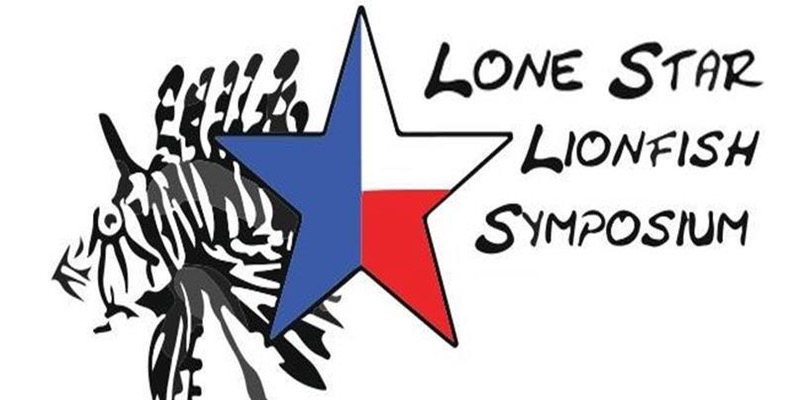
Lone Star Lionfish Symposium February 15 & 16, 2017, with a public forum on the 15th at Moody Gardens IMAX Theater in Galveston.
This is Passport to Texas
The second Lone Star Lionfish Symposium convenes later this month in Galveston. In addition to a closed-door session where experts from a variety of disciplines will review a report generated from last year’s gathering, there will also be an opportunity for public participation.
We know the public is interested, and they’re the only people that can help us. We can have all the ideas we want, but if the public’s not with us—doesn’t get our message—then we’ve lost.
Leslie Hartman is Matagorda Bay Program Leader and one of the symposium’s organizers. The public event will be at Moody Gardens Imax.
We usually do about a 20 minute review of the lionfish program so that everybody has that same level of knowledge. And then, all the experts are there, so you get that baseline—which is me—but you get the real experts. And you can ask them any question you want.
Topics reviewed last year included: Priority Areas, Outreach, Research, Policy, Control & Management, Funding, and Markets & Uses. Everyone is welcome to the public event.
Just show up. The event starts at 6 p.m. We will have light hors d’oeuvres, so not only will you be able to feed your mind, you’ll be able to feed your body. Will you be serving lionfish? We are actually discussing that possibility. We make no promises.
The Lone Star Lionfish Symposium is February 15 & 16 in Galveston. The public event is the 15th at Moody Gardens IMAX Theater.
The Sport fish restoration program supports our series.
For Texas Parks and Wildlife…I’m Cecilia Nasti.
Posted in Uncategorized | Comments Off on Lionfish Symposium to Host Public Forum
February 7th, 2017
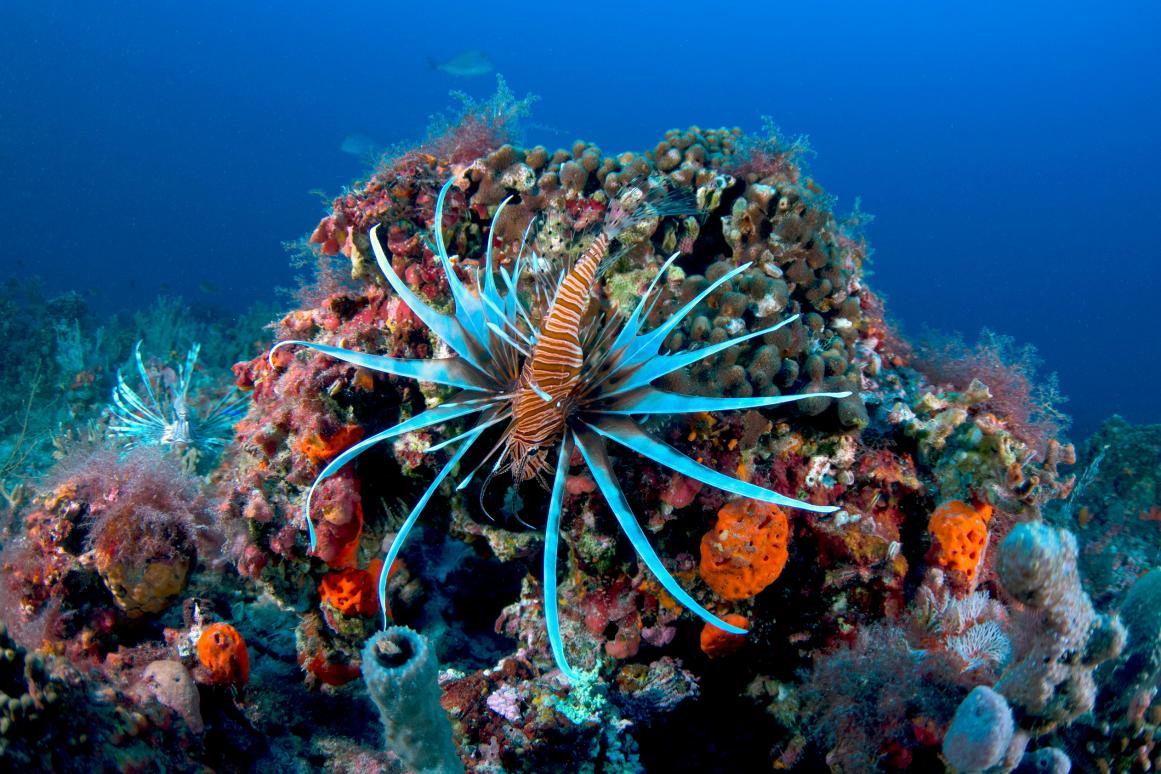
Beautiful but deadly lionfish. Image from Harte Research Institute.
This is Passport to Texas
With amazing appetites and reproductive abilities, lionfish are a growing threat to native Texas marine life.
Everybody agreed lionfish was a problem, but we weren’t working together. And that’s always a challenge, because this is not going to be fixed by biologists.
Leslie Hartman, Matagorda Bay Program Leader, said during last year’s Lone Star Lionfish symposium organizations worked together to address this issue.
We brought together engineers, biologists, legal professionals, including enforcement and lawyers. We brought in oil, shrimpers…academicians. We brought in a roboticist expert. All this, because you cannot fix the lionfish issue with a single, non-existent silver bullet.
Participants developed seven parameters of need, including funding, research, and regulation—and assigned each one an approximate cost and pragmatic rating.
Using these approximate costs and the pragmatic rating, things should float to the top. [We can say] this is a really good value, and it’s really practical. So this would be something that we would rate high. All of this is to create a unified state plan. And we’re going to be able to disseminate it to the universities, and the engineers, and the regulators, and say: ‘this is what a whole bunch of experts determined as being the most appropriate way to go about this, so that it can be most effective.’
The Second Annual Lone Star Lionfish Symposium is February 15 & 16.
The Sport fish restoration program supports our series.
For Texas Parks and Wildlife…I’m Cecilia Nasti.
Posted in Conservation, Fishing, Lionfish, Saltwater, Texas Invasives | Comments Off on Fighting the Threat of Lionfish in Texas
February 6th, 2017
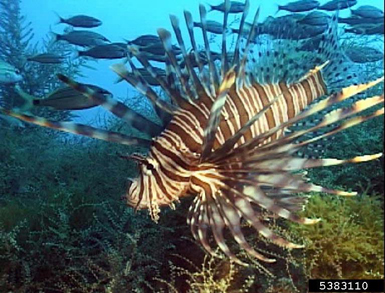
Pretty but deadly to native aquatic species.
This is Passport to Texas
The lionfish, native to the Pacific Ocean, is a common species in the aquarium trade.
But a couple of them have gotten loose
Leslie Hartman—Matagorda Bay Program Leader—says lionfish wasted no time getting busy making more of their kind.
They get to reproductive age in one year. They breed every four days. They can be found in an inch of water. They can be found in 12-hunderd feet of water. These guys are really super successful. And they’re Americanized. They’re willing to eat past the point when they’re full, until they get fat.
And what they eat are native marine species.
We’re really concerned about how many of our fish, shrimp and crabs their eating. In the Caribbean—and they’ve been there quite a number of years before us—a single Lionfish on a little coral reef, consumed 80% of that season’s young.
Because of their voracious appetites, their reproductive prowess, and the fact that they haven’t any predators…
We’re really concerned long term for the effect it’s going to have on all of our fisheries. Whether it’s the commercial shrimp and blue crab, whether it’s the recreational snapper, redfish, trout—we just know we need to be concerned.
Tomorrow Leslie Hartman tells us about what’s being done to prevent lionfish from becoming a problem in Texas.
The Sport fish restoration program supports our series.
For Texas Parks and Wildlife…I’m Cecilia Nasti.
Posted in Conservation, Fishing, Lionfish, Saltwater | Comments Off on The Problem with Lionfish
February 3rd, 2017
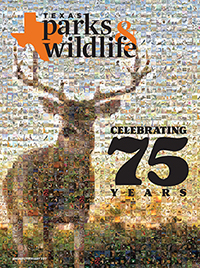
Texas Parks and Wildlife Magazine collage made from 75 years of covers.
This is Passport to Texas
Over its 75 year history, a changing dedicated staff of writers, editors, photographers, artists and others, have lovingly crafted each page of Texas Parks and Wildlife magazine.
[Louie Bond] It doesn’t really matter how many people you have when you have really dedicated, really talented people.
[Russell Roe] Our challenge always is to kind of tell the story of conservation in interesting ways.
[Nathan Adams] How are we going to tell this story in a way that resonates?
[Sonja Sommerfeld] Everything is a collaboration. We each bring our own little taste to the table…
[Nathan Adams] Everyone gets to come in and offer suggestions. That’s a nicer than saying argue.
[Russell Roe] That kind of creative tension helps us create a better magazine.
[Louie Bond] The most important thing about magazine planning is the term ‘long range’. A year and a half in advance is completely mapped out.
[Chase Fountain] Time constraints. You know, there’s a deadline.
[Earl Nottingham] We try to push ‘em sometimes.
We heard editor, Louie Bond, managing editor, Russell Roe, Art Director, Nathan Adams, photo editor, Sonja Sommerfeld, and photographers: Chase Fountain and Earl Nottingham.
Go behind the scenes of this award-winning publication on the Texas Parks and Wildlife TV series on PBS, the week of February 5th. Check your local listings.
Funding for our show provided in part by Ram Trucks. Guts. Glory. Ram
For Texas Parks and Wildlife, I’m Cecilia Nasti.
Posted in TPW Mag, TPWD TV | Comments Off on TPW TV — A Magazine is Born







 Passport to Texas is a
Passport to Texas is a  Passport to Texas is made available by:
Passport to Texas is made available by: